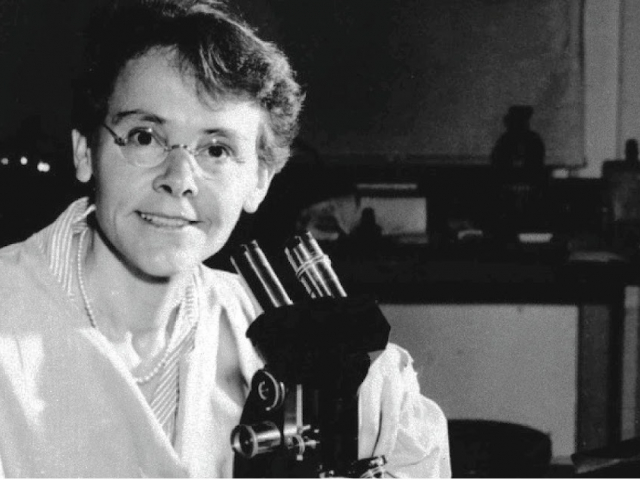
Barbara McClintock (discoveries in the field of cytogenetics)
Barbara McClintock began her career in 1927 at Cornell University, where she studied zoology, cytology, and genetics, and later received her Ph.D. In her research, Barbara McClintock found that certain genes seem to «jump» inside the chromosomes. Thus, the cell can change properties. In 1951, Barbara McClintock presented her developments at a symposium, but did not find support: her discovery was at odds with the existing genetic theory. However, the woman continued to do her research. She went on to prove that serious diseases such as cancer, muscular dystrophy, and antibiotic resistance are due to harmful genetic mutations. The reason lies in transposons, or «jumping genes». In the 1970s 20th century transposons have been discovered in many organisms, from viruses and bacteria to humans. In 1983, Barbara McClintock's research was recognized, and she was awarded the Nobel Prize in Physiology or Medicine.
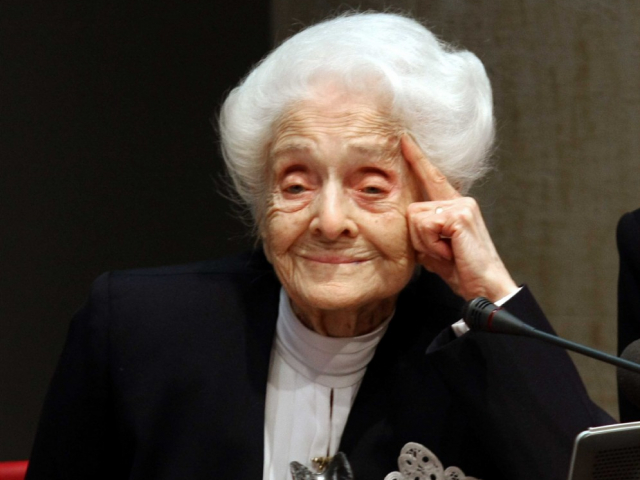
Rita Levi-Montalcini (research in the field of neuroscience)
Rita Levi-Montalcini began her research in the field of neurology in the late 1930s. Later she specialized in the study of the growth of nerve cells. At first, Rita Levi-Montalcini worked in a laboratory in the Italian city of Turin. However, in 1947, Victor Hamburger, director of the Department of Zoology at Washington University in St. Louis, invited her to join his team. Subsequently, they conducted many joint experiments related to the functioning of the nervous system. Rita Levi-Montalcini worked at the University of Washington for 26 years. In the 1950s, the young biochemist Stanley Cohen joined their team. During the experiments, they managed to obtain a cell-free extract that stimulates the growth of nerve cells. This discovery helped to understand the causes of congenital deformities, senile dementia and tumor diseases. The research and discoveries of Stanley Cohen and Rita Levi-Montalcini were awarded the Nobel Prize in 1986.
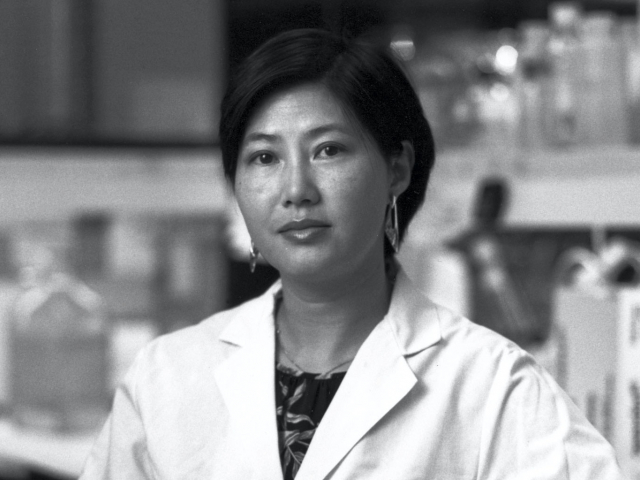
Flossie Wong-Staal (HIV research)
Flossie Wong-Staal is at the forefront of affordable and effective HIV prevention, diagnosis, and treatment. In 1972, this woman scientist received a doctorate in molecular biology, and a year later she began working at the National Cancer Institute in Maryland (USA). For a long time, she was engaged in the study of retroviruses - a little-studied class of viruses that embeds its genes in the host's DNA. She was joined by scientist Robert Gallo, who discovered the first human retrovirus, HTLV-1. Flossie Wong-Staal's team threw all their efforts into studying the genetic diversity of HIV, a virus that can elude the immune system. In 1985, scientists succeeded in cloning HIV and understanding its main components. Flossie Wong-Staal's research in the field of immunodeficiency virus helped develop tests for its diagnosis and further effective therapy.
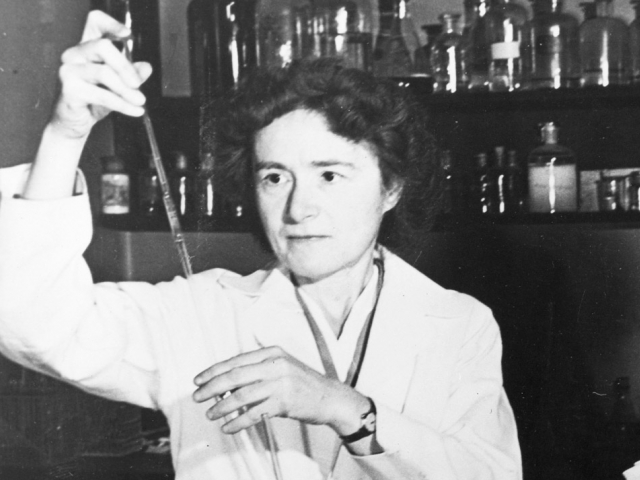
Gerty Cori (researchers in the field of glycogen)
Gerty Cori was one of the few women who managed to enter the medical faculty of the German University in Prague in 1920. There she met her future husband Carl, with whom she began research in the field of medicine. Later, the couple moved to the United States, where Carl worked as a biochemist at the State Institute for the Study of Malignant Diseases, and Gerty Cori worked as a pathologist's assistant. In 1931, Carl became chair of pharmacology at the University of Washington School of Medicine, and his wife became a research assistant in pharmacology. It was there, at the University of Washington, that Gerty Cori made a breakthrough related to carbohydrate metabolism in the body. In 1936, the couple discovered a new element - glucose-1-phosphate, in the form of which sugar or glucose is stored in the muscles (it was called «Cori's ester»). Scientists have also identified phosphorylase, a special enzyme that breaks down glycogen in the Cori ester. In the course of research, they proved that muscle glycogen is broken down to lactic acid and enters the liver, where it is converted into glucose. This study demonstrates the mechanism of action of insulin. In 1947, Gerty Cori received the Nobel Prize in Physiology or Medicine.
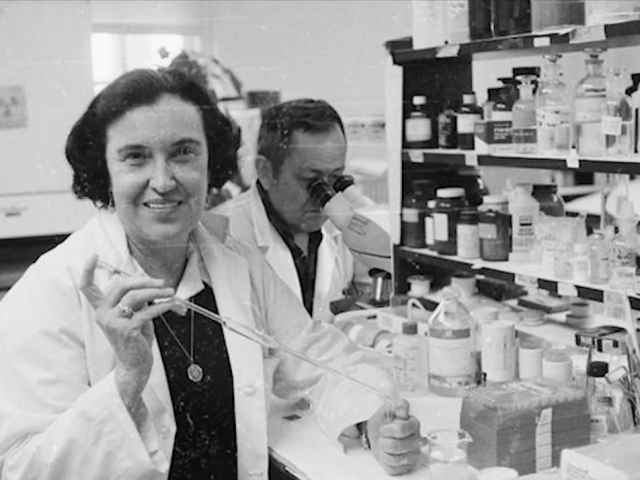
Rosalyn Yalow (measurement of biological components)
Rosalyn Yalow became the first woman to graduate from Hunter College with a degree in physics. She later entered the University of Illinois, a doctoral program in nuclear physics. In 1947, the female scientist led a new radioisotope unit at the Bronx Veterans Administration Hospital (USA). Later, she engaged in scientific research, thanks to which the method of radioimmunoassay was discovered. Along with Rosalyn Yalow, therapist Solomon Berson also participated in the research. They used radioisotopes to measure blood volume and diagnose thyroid disorders. The scientists also found that similar methods can be used to monitor the actions of hormones, in particular insulin. The research of these two scientists solved one of the main problems of medicine: the accurate measurement of the amount of biological substances - hormones, vitamins and enzymes - in the blood and other body fluids. Currently, radioimmunoassay is used to diagnose cancer and detect hepatitis virus. For her research, Rosalyn Yalow was awarded the Nobel Prize in 1977.
 Български
Български 
 Русский
Русский English
English Bahasa Indonesia
Bahasa Indonesia Bahasa Malay
Bahasa Malay ไทย
ไทย Español
Español Deutsch
Deutsch Français
Français Tiếng Việt
Tiếng Việt 中文
中文 বাংলা
বাংলা हिन्दी
हिन्दी Čeština
Čeština Українська
Українська Română
Română
